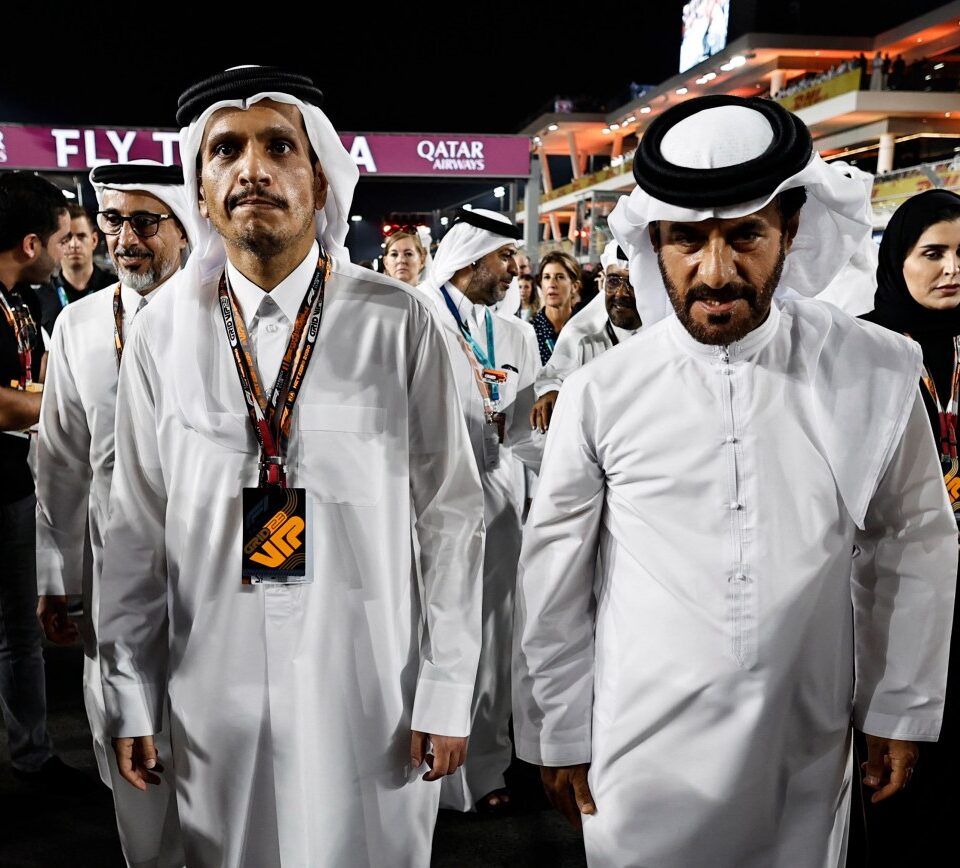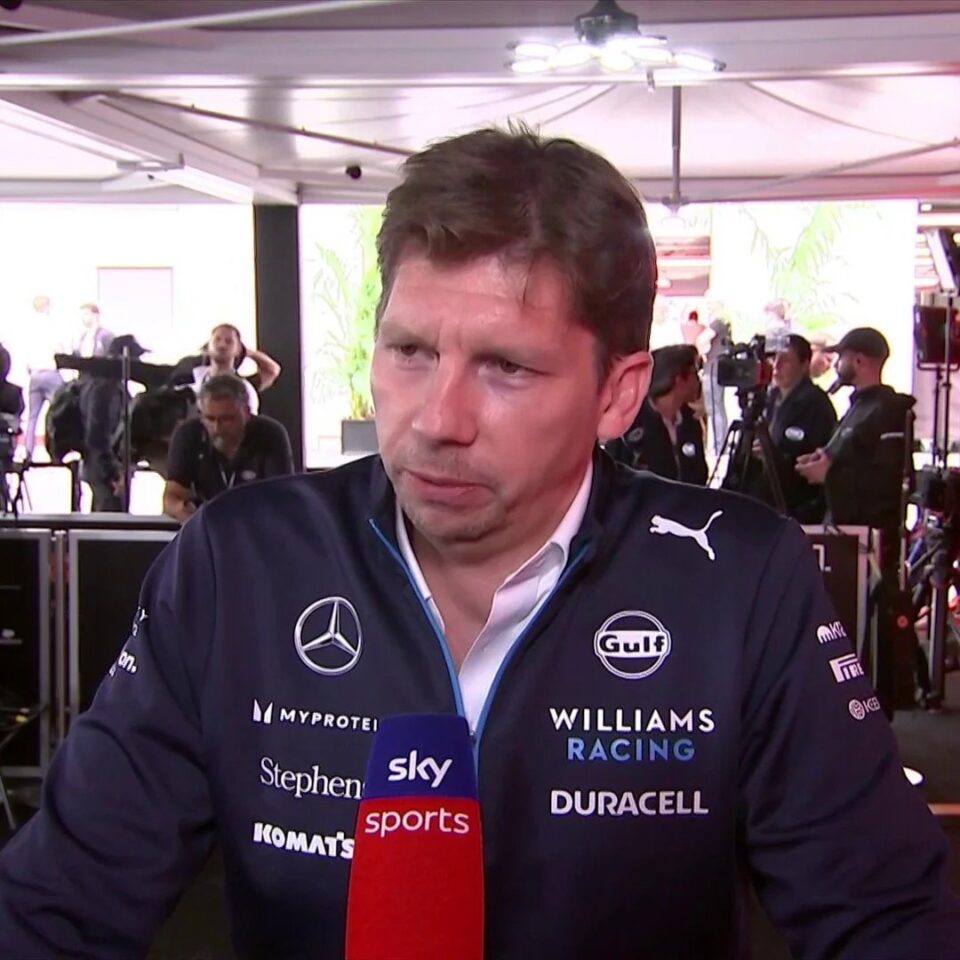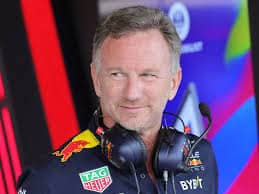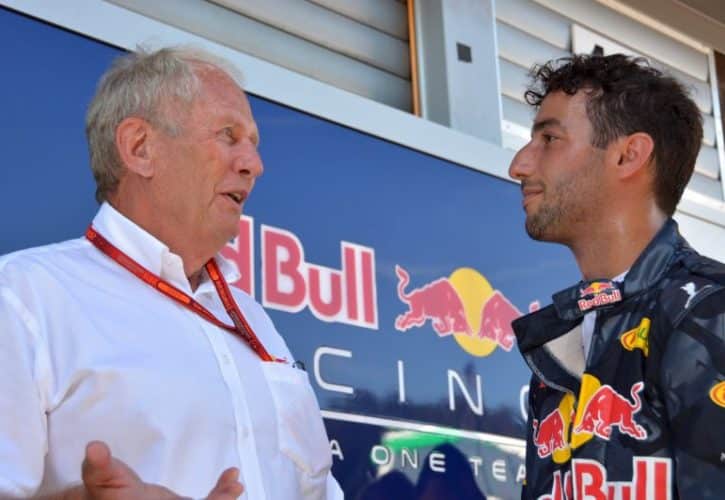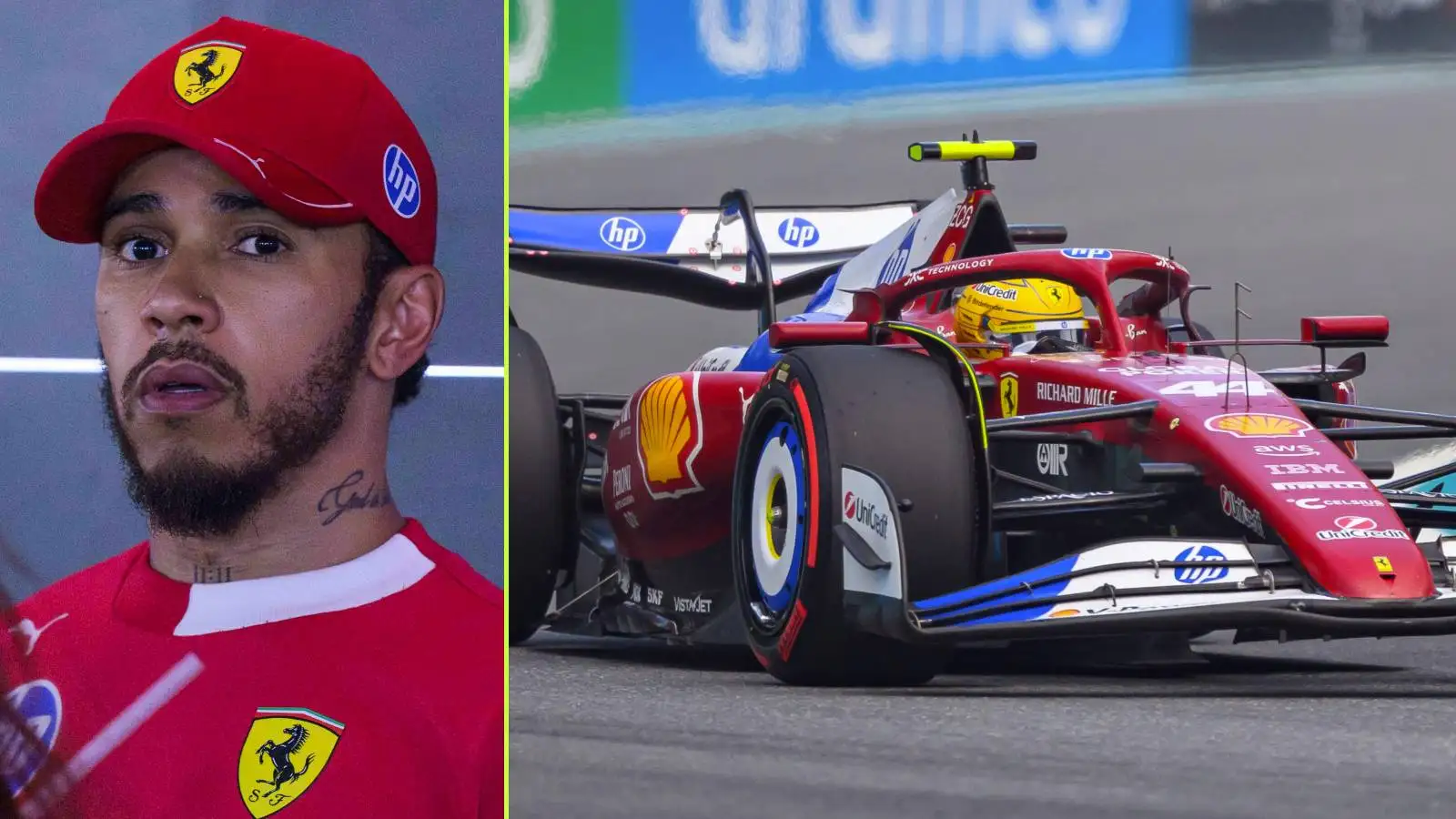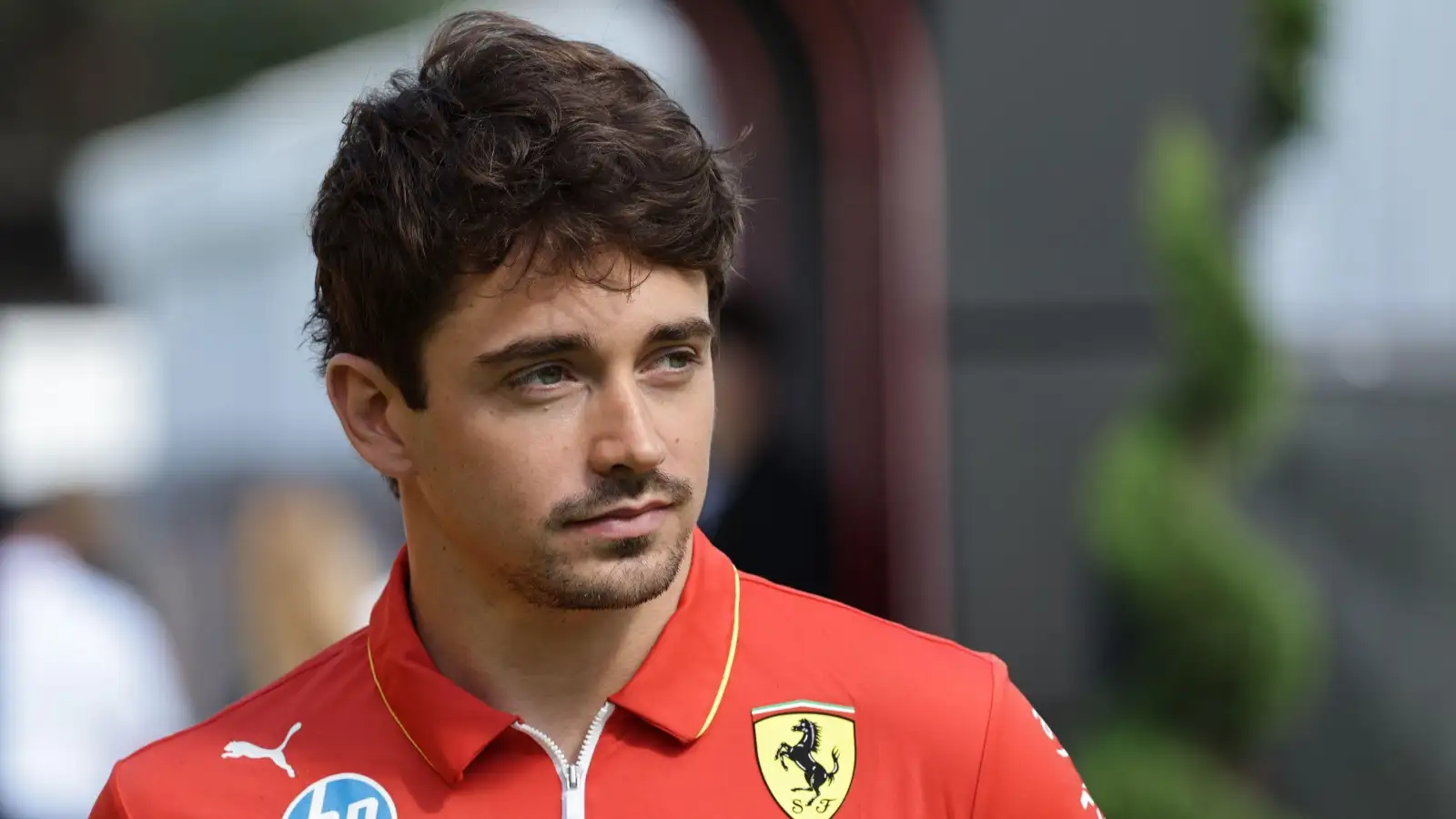As the 2024 Formula One season hits its midway mark, the Silverstone Grand Prix is abuzz with more than just engine roars. There’s an uproar in the paddock, with drivers and teams railing against the FIA’s handling of on-track incidents. The hot topic? Track limits. This isn’t the first time it’s causing a stir, but the recent deluge of penalties in Austria has everyone talking.
Last weekend’s race at the Red Bull Ring was a fender-bender of controversies, with a staggering 1,200 track limit violations recorded. The corners at turns nine and ten saw some changes, but turn six remained a track limits nightmare. Take Lewis Hamilton, for instance; his first qualifying run got trashed for stepping just over the white line. Then there’s Oscar Piastri, who dropped from a promising P3 to P7 for a similar offense. Neither driver seemed to gain any real advantage, but the stewards weren’t having it.
Lando Norris got slapped with a five-second penalty for exceeding limits at turn three. In his words, “It’s pretty silly, to be honest. I’ve tried to do an overtake, locked up, gone off the track, and then given the position back to Max. It’s not a penalty; I’ve lost out in the process.” Norris argues that strict enforcement makes racers second-guess their moves, leading to dull races. Totally not what fans signed up for.
The frustration isn’t limited to Norris. Fernando Alonso also has bones to pick with the stewards. In Austria, Alonso got two penalty points and a ten-second penalty for a tangle with Zhou Guanyu at turn three. “I made a racing mistake and deserved the time penalty, but penalty points for that? It’s not dangerous driving,” Alonso protested. He believes drivers are now paying the price for honest mistakes, not recklessness.
The penalty points system came about after Romain Grosjean’s horrific crash at the 2014 Belgium Grand Prix. It was meant to curb dangerous driving with a race ban after accumulating enough points. But Alonso thinks the system’s got out of hand. “You can’t overtake in the pit lane, can’t go too fast, can’t go too slow. It’s over-regulated,” he said. He calls for more sensible rules that encourage actual racing.
Even Carlos Sainz is feeling the ripple effects of these ever-tightening regulations. The driver market’s bottleneck, Sainz is between a rock and a hard place after Ferrari opted for Lewis Hamilton for the next two seasons. He has offers from Williams and Alpine, but the changing rules are making him wary of locking in a new deal. Sainz might just be holding out for a better offer, but who can blame him amidst this chaos?
The chorus of dissatisfied voices is growing louder. The overwhelming feeling is that current regulations don’t just spoil the fun—they stifle the very spirit of racing. The rules need a rethink, and fast, if F1 wants to keep its thrilling edge. As it stands, there’s little indication the FIA plans to ease up, but drivers and teams are hoping for a more balanced approach. The season’s second half promises more high-speed drama, but will the stewards be the ones stealing the show? Time will tell.
F1 is more than just a race; it’s a spectacle of skill, speed, and split-second decisions. The stringent rules are throwing a wrench in the works, and everyone from rookies to veterans is feeling the pressure. With the paddock united in their discontent, the FIA has some serious introspection to do. Until then, buckle up for a bumpy ride as the F1 circus rolls on.
